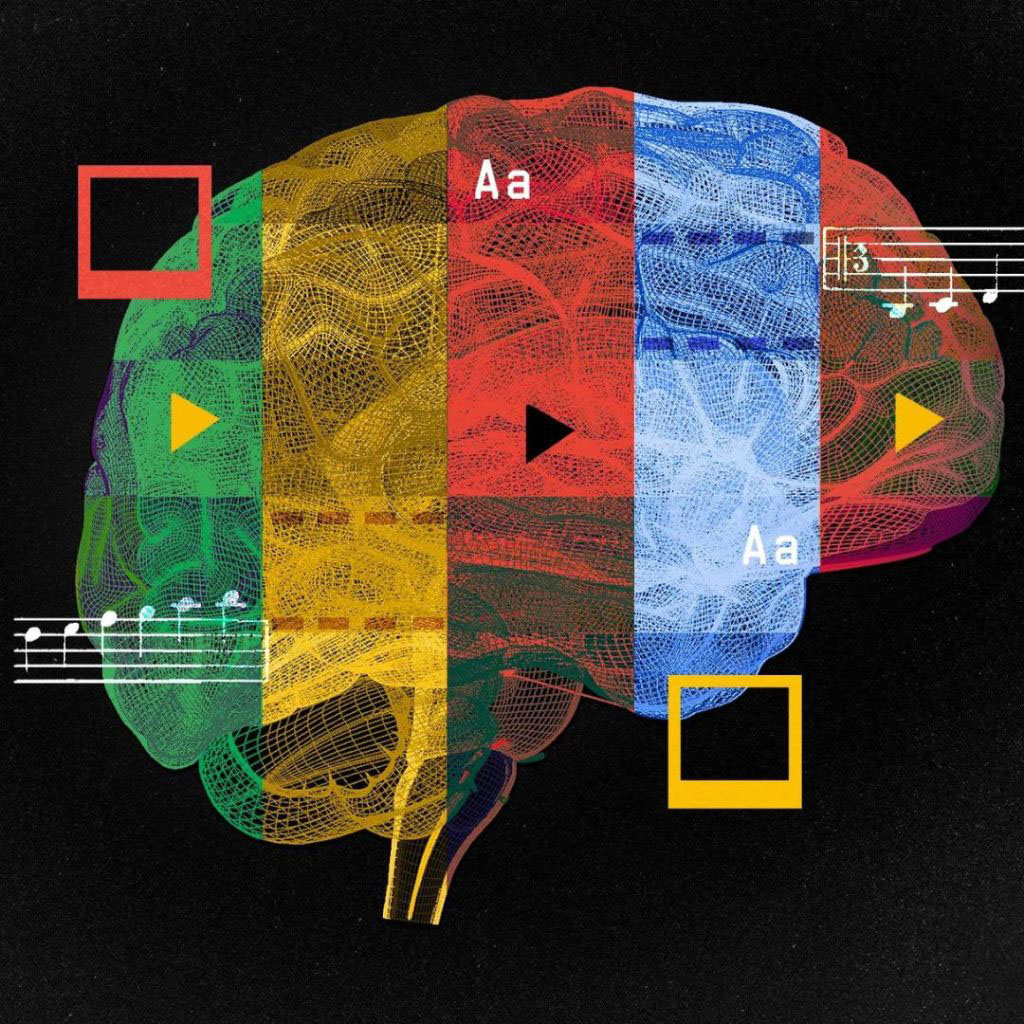Artificial Intelligence (AI) has become integral to our modern lives, reshaping industries and propelling technological advancements. One name that has been instrumental in this AI revolution is Google. Recently, Google has made a groundbreaking announcement: the launch of its new generative AI model, Google Gemini . This model signifies a revolution in AI, creating a massive leap in the multimodal capabilities of AI models. But what exactly is Google Gemini, and how will it influence the future of AI?
What is Google Gemini?
Google Gemini is their newest large language model (LLM). They made it to make many of their goods work better and more efficiently. The Gemini model isn’t a single entity; it comes in three distinct versions: Gemini Nano, Gemini Pro, and Gemini Ultra. Each version is designed for different purposes, with varied capabilities and potential applications.
Gemini: Three Variants, Multiple Applications
Gemini Nano
Designed for Android devices, Gemini Nano is a lightweight version of the model. It is engineered to operate natively and offline on Android devices, providing users with the power of AI at their fingertips. For instance, users can use this model to summarize recordings made using the Recorder app on the Pixel 8 Pro phone.

Gemini Pro
Gemini Pro is a more robust version of the model and serves as the backbone of several Google AI services. It is currently powering Google’s AI chatbot, Bard, and will soon power a wide range of Google AI services.
Gemini Ultra
The most potent of the three, Gemini Ultra, is designed for data centers and enterprise applications. It is the most powerful LLM Google has yet created and is expected to be launched next year.
Google Gemini is currently available only in English, but there are plans to expand it to other languages soon.
Gemini vs. GPT-4: A Comparative Analysis
Google Gemini is seen as a direct competitor to OpenAI GPT models. According to Google’s internal analysis, Gemini Pro outperformed GPT-3.5 in six out of eight industry benchmarks, while the advanced Gemini Ultra outpaced the newer GPT-4 in seven out of eight benchmarks.
Gemini: A Multimodal Approach
One of the significant selling points of Google Gemini is its multimodal capability. Unlike traditional LLMs, which primarily handle text, Gemini can learn from various data types, including text, audio, video, and images. This capability makes it more versatile and applicable across multiple industries and use cases.
Enhanced Efficiency with Google’s TPUs
Google Gemini is designed to run on Google’s Tensor Processing Units (TPUs). These specialized hardware units are explicitly designed to train AI models, making Gemini faster and cheaper than Google’s previous models. There are also plans to introduce Gemini on both TPUs and graphics processing units (GPUs).

Gemini’s Impact on Google Services
Google Gemini is expected to have a far-reaching impact on a wide range of Google’s services. From improving search results and ad products to enhancing the capabilities of the Chrome browser, Gemini is set to transform how users interact with Google’s products. The integration of Gemini into these services will start soon, with more updates expected in the coming months.
The Future of AI with Google Gemini
With the launch of Google Gemini, Google has set the stage for a new era in AI. This model is not just about improving existing services; it’s about creating new possibilities and driving further advancements in AI . Google sees coding as a significant application for Gemini, thanks to its new code-generating system called AlphaCode.
Google’s Responsible Approach to AI
Despite the potential of Google Gemini, Google is careful not to rush its deployment. The company is committed to ensuring the safety and responsibility of its AI systems, conducting extensive internal and external testing. Google is particularly cautious with the release of Gemini Ultra, treating it as a controlled beta to identify and mitigate potential issues.
Advancements in Natural Language Processing with Google Gemini
Google Gemini is pushing the boundaries of natural language processing (NLP) by introducing innovative features and enhancements that improve the interaction between humans and machines.
Enhanced Language Understanding
- Contextual Comprehension : Gemini can understand and generate human-like text with improved context awareness, making conversations more natural and meaningful.
- Multilingual Capabilities : Plans to expand Gemini’s language support will enable better communication across different languages and break down language barriers.
Advanced Text Generation
- Creative Writing : Gemini can help generate creative content, such as stories, poems, and marketing copy, by providing inspiration and support to writers and marketers.
- Summarization : The ability to summarize long documents or articles accurately helps users save time and quickly grasp essential information.
- Dialogue Systems : Improved dialogue systems in AI chatbots and virtual assistants enhance user interaction by making responses more coherent and contextually appropriate.
Improved Search and Information Retrieval
- Knowledge Extraction : Gemini can extract and organize information from vast unstructured data, providing users with concise and actionable insights.
- Personalized Recommendations : Gemini can enhance customer satisfaction by assessing user behavior and preferences and offering customized content and product recommendations.
Collaboration and Integration with Other Technologies
Google Gemini is designed to work seamlessly with other cutting-edge technologies, fostering innovation and expanding its range of applications.
Integration with the Internet of Things (IoT)
- Smart Home Devices : Gemini can enhance the functionality of smart home devices by providing more accurate voice recognition and intelligent automation based on user habits.
- Predictive Maintenance : In industrial IoT, Gemini can predict equipment failures and maintenance needs, reducing downtime and operational costs.
- Environmental Monitoring : Combining Gemini with IoT sensors can provide real-time monitoring and analysis of ecological conditions, aiding in climate research and disaster management.
Synergy with Augmented Reality (AR) and Virtual Reality (VR)
- Enhanced User Experiences : Gemini’s multimodal capabilities can enrich AR and VR experiences by providing real-time contextual information and interactive narratives.
- Training and Simulation : In sectors like healthcare, aviation, and defense, Gemini can power realistic training simulations, improving skill acquisition and decision-making.
- Virtual Assistants : Integration with AR and VR devices enables virtual assistants to provide immersive and interactive support, enhancing productivity and learning.
The Potential Downsides of Google Gemini
Despite its potential, Google Gemini has its challenges. Like other LLMs, Gemini can still ” hallucinate ” or generate inaccurate or misleading information. However, Google is confident that these challenges can be addressed with more data and improvements.

FAQ’s
1. What is Google Gemini AI?
Google Gemini AI is a collection of large-language models that can handle various data tasks and read and understand whole pages simultaneously, including signature blocks, document stamps, process text, images, audio, video, 3D models, and graphs.
2. What is the purpose of Google Gemini AI?
Google Gemini AI is expected to be the most powerful AI ever built. It will have sophisticated multimodal capabilities, master human-style conversations, language, and content, understand and interpret images, code prolifically and effectively, drive data and analytics, and be used by developers to create new AI apps and APIs¹.
3. Who is developing Google Gemini AI?
Google Teams Brain Team and DeepMind are leading the development of Google Gemini AI.
4. Is Gemini AI released?
Google just released Gemini, its new generative AI model. The tech giant, which calls Gemini the most capable and general-purpose AI it’s developed so far, said it plans to expand the advanced version of this large language model (LLM) next year.
5. What is the difference between Google Gemini AI and other AI models?
Google Gemini AI is a multimodal AI model that can work with different content, such as images or text, and is expected to be the most potent AI model ever.
6. What is the core technology behind Google Gemini AI?
PaLM 2, or Pathways Language Model 2, is the core technology that Google uses to drive AI capabilities throughout its suite of products. This includes Google Cloud products and services, Gmail, Google Workspace, hardware devices such as the Pixel smartphone or the Nest thermostat, and the famous AI chatbot Bard.
7. What is the future of Google Gemini AI?
Gemini can be expected to exist – or even power – most of Google’s products and services shortly.

Google Gemini represents a significant milestone in the evolution of AI. Its multimodal capabilities, scalability, and potential applications make it a promising model for the future of AI. However, like any technology, it needs to be used responsibly to ensure it benefits society. With Google’s commitment to safety and responsibility, we can look forward to a future where AI plays an even more significant role.



